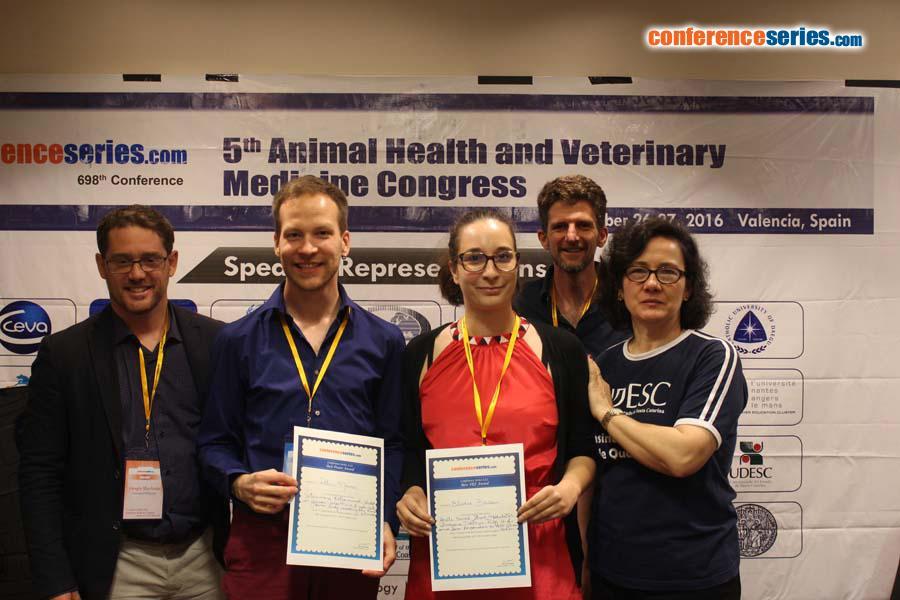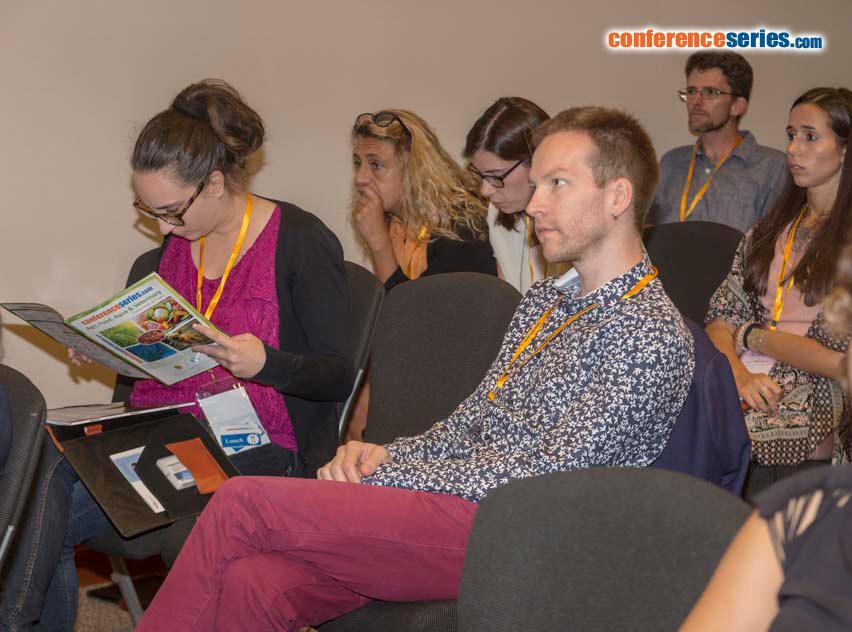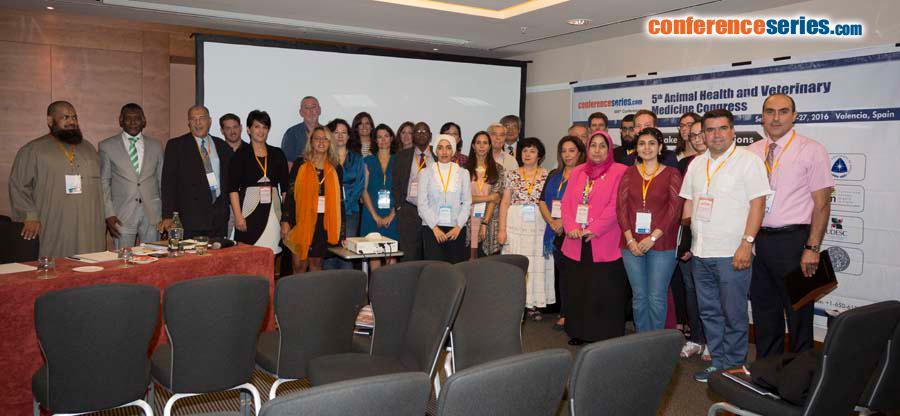
Patric Maurer
University of Leipzig, Germany
Title: Veterinary extramural studies in German abattoirs: A cross-sectional study revealing the current situation
Biography
Biography: Patric Maurer
Abstract
Introduction: As part of the free movement and opening of labor markets within the European Union, the recognition of professional qualifications became more important. The Directive 2005/36/EC describes the minimum requirements concerning the veterinary study and emphasize the importance of practical training in abattoirs. Additionally, the Regulation (EC) No. 854/2004 stipulates special professional qualifications for official veterinarians working in the food sector. Among similar regulations in many other European countries, German senior veterinary students have to complete a 100 hours mandatory extramural study (EMS) in an abattoir during their practical year (9th/10th semester). Under the surveillance of official veterinarians, the students have to train the ante- and post-mortem meat inspection in cattle and pigs and inform about the treatment of slaughter animals. According to the guidelines of the European Association of Establishments for Veterinary Education, an evaluation of the training is required (EAEVE 2012).
Aim: The objective of this study is to evaluate the current contents of the EMS and the opinions of both veterinary students and official veterinarians. Therefore, a cross-sectional, compulsory, but anonymous survey was conducted. The questionnaire was developed and adopted by senior lectures of all veterinary universities in Germany, Austria and Switzerland.
Results: The evaluation refers to questionnaires of 705 senior veterinary students of the University of Leipzig. 82.1% (n=579) of the participants attended one, 17.9% (n=126) multiple abattoirs. These are distributed across 13 states of Germany and abroad. Most students (n≥675 each ≥95.7%) completed the required contents. The post-mortem meat inspection in the event of doubt was only conducted by about three-quarters of the participants (cattle: 69.4%, n=489/pig: 76.7%, n=541). Many students had also noted other contents, e.g. hygiene, slaughter technology and trichinella examination. Only 60.9% (n=429) of the students witnessed the official procedure after an animal welfare breach. Overall, a positive perception of the EMS corresponded between students and official veterinarians. Nevertheless, only one third of the students considered a potential future career in meat inspection, in contrast to about 50% of the respective official veterinarians.
Conclusion: The results of our present study demonstrated high variations within the EMS. While the students were introduced to a wide range of relevant topics, not all statutory compulsory requirements were part of each EMS. In particular, the relatively high number of students who missed the extended meat inspection (in cases of doubt concerning the fitness for human consumption) [where only veterinarians are considered to be competent] needs to be reviewed critically. Overall, the communication between official veterinarians and the respective university teachers ought to be drastically improved. Thus, the learning outcome of EMS in an abattoir can be increased.




